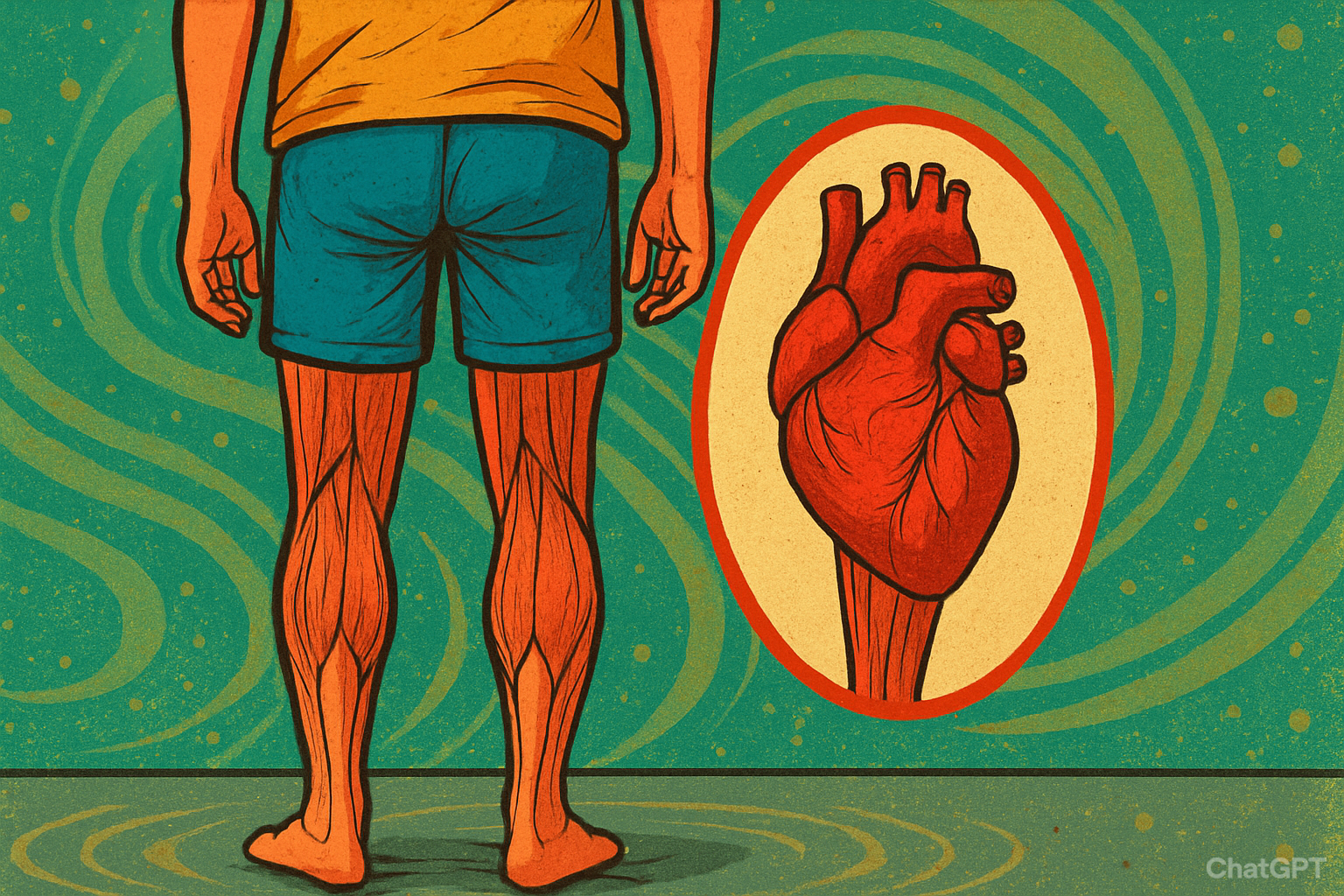Second Heart in Calves [7 Facts] – Explained
Introduction
On September 20, 2025, X (formerly Twitter) user @Rainmaker1973 posted an image and caption that went viral, sparking global interest. The post, available, described the calf muscles as a “second heart” vital for pumping blood back to the chest. This article breaks down the meaning behind the post, the science that supports it, and the discussion it generated online.
@grok is this real/true
— Walther PPK (@dburdsal) September 20, 2025
1. What the Viral Tweet Showed
- An anatomical illustration of legs with the calf area highlighted.
- A heart symbol superimposed on the calves to symbolize a secondary pump.
- The caption: “Humans have a ‘second heart’ in their calves that pumps blood back to the chest – and it needs movement to prevent clots.”
This metaphor instantly captured attention due to its simplicity and visual impact.
2. The Science Behind the “Second Heart”
The concept isn’t literal but refers to the calf muscle pump mechanism:
- When you walk, run, or flex your calves, the soleus and gastrocnemius muscles squeeze deep veins.
- This pressure pushes blood upward against gravity toward the heart.
- One-way valves in the veins prevent blood from flowing backward.
This makes the calves a vital circulatory aid, especially during long periods of standing or sitting.
3. Why Movement is Critical
- Immobility weakens the calf pump, leading to blood pooling.
- This increases risks of deep vein thrombosis (DVT) – clots that can be fatal if they reach the lungs.
- Doctors often recommend leg exercises or compression socks during long flights or recovery from surgery to keep this “pump” active.
4. Public Reaction to the Post
The tweet triggered widespread responses:
- Clarifications: Users like @ChronoverseTick noted the “second heart” is metaphorical, citing studies showing up to a 4x higher mortality risk in cases of severe pump dysfunction.
- Humor: One user joked about having “massive heart (calves),” while another described a “calf heart attack.”
- Curiosity: Questions arose about amputees, cardiac emergencies, and whether calf exercises could help in extreme cases.
- Skepticism: Some thought the post was satire, showing how surprising the metaphor sounded at first glance.
5. Medical Context and Studies
Scientific studies confirm:
- Reduced calf pump activity is linked to higher mortality in patients with chronic venous disease.
- The soleus muscle, active even during standing, is especially important for circulation.
- Health experts often call it a “peripheral heart.”
6. Educational Value of the Tweet
The viral post succeeded in:
- Raising awareness about blood circulation.
- Educating people in a simple, visual way.
- Encouraging physical movement in everyday life to prevent clot-related issues.
7. Practical Takeaways for Everyday Life
- Walk or stretch regularly if sitting for long hours.
- Stay hydrated to support circulation.
- Consider calf-strengthening exercises like heel raises.
- On long flights, perform ankle rotations and calf flexes.
Conclusion
The “second heart” metaphor popularized by @Rainmaker1973’s tweet may sound exaggerated, but it conveys a critical truth: your calves play a life-saving role in circulation. By keeping them active, you reduce clot risks and support heart health.
FAQs
Q1. Is there really a second heart in the calves?
No, it’s a metaphor for the calf muscle pump that helps push blood upward.
Q2. Can weak calves cause health problems?
Yes, reduced calf pump function increases the risk of venous disease and DVT.
Q3. How can I keep my calf pump strong?
Regular walking, stretching, and calf exercises are effective.
Q4. Are amputees at higher risk without calves?
They rely on other circulatory adaptations, but the loss of the calf pump does create challenges.
Q5. Why did the tweet go viral?
The mix of a striking image, simple language, and health relevance made it highly shareable.
Opinion
The viral framing of the calf as a “second heart” reveals how metaphors can reshape public understanding of biology. While the term is not anatomically correct, it bridges the gap between complex physiology and public curiosity. This raises bigger questions: Do we underestimate the role of everyday movement in health compared to medication? Could education through social media metaphors inspire more proactive health behavior?
Ultimately, the conversation is not just about calves but about how simple metaphors can change awareness, medical discourse, and lifestyle choices. It challenges us to think about what other overlooked functions of the human body might be simplified into metaphors that could spark similar awareness.



0 comments